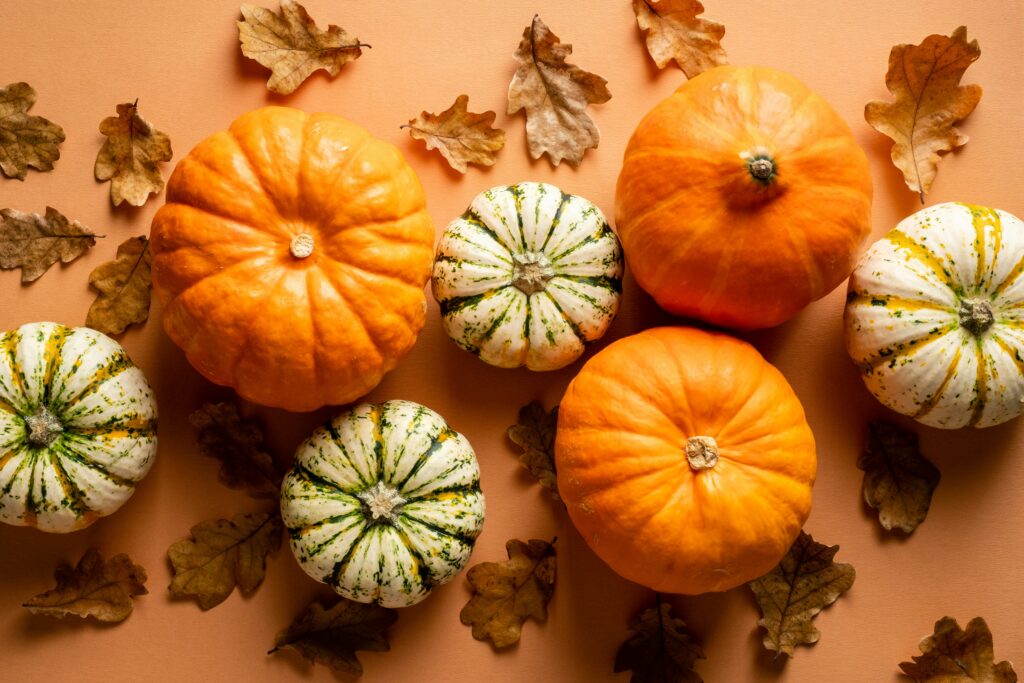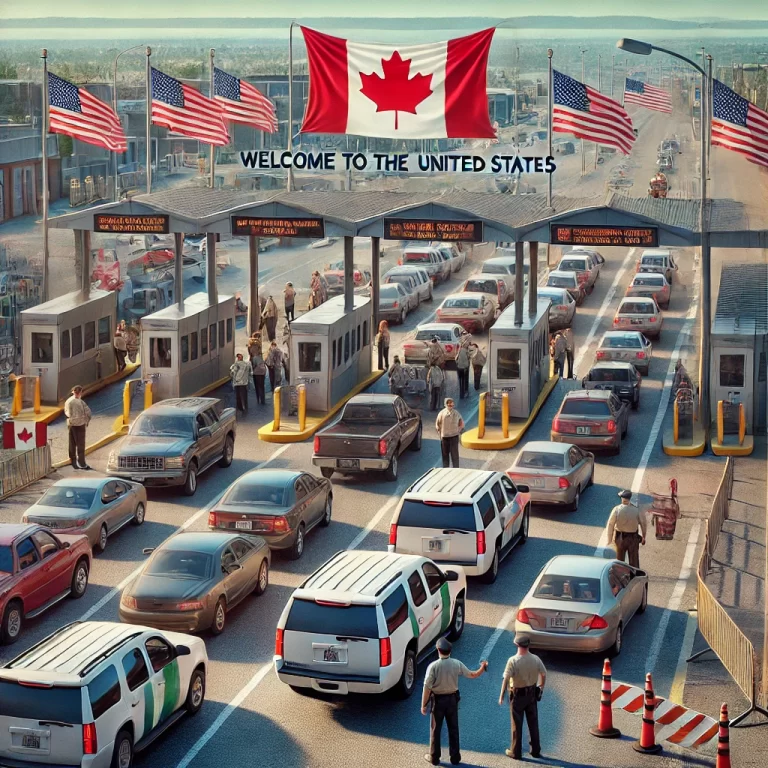
Thanksgiving Falls is a cherished holiday in both the United States and Canada, but have you ever wondered why the two countries celebrate it on different days? While both holidays share themes of gratitude, family gatherings, and feasting, the history and timing of Thanksgiving in each country are rooted in unique traditions and cultural contexts.
The Origins of Thanksgiving in Canada
Canada’s Thanksgiving predates the American version and is tied to early European settlers giving thanks for safe voyages and bountiful harvests. The first recorded Thanksgiving Falls in Canada was in 1578, when English explorer Martin Frobisher held a ceremony in Newfoundland to give thanks for his safe arrival after a difficult journey through the Arctic. Over time, the holiday evolved to align more closely with European harvest festivals, celebrating the season’s bounty.
In Canada, Thanksgiving Falls is celebrated on the second Monday of October. This timing reflects Canada’s earlier harvest season due to its northern climate. By October, the crops have been gathered, and it’s an appropriate time to pause and give thanks for the year’s abundance.
The Origins of Thanksgiving in the U.S.

In the United States, Thanksgiving Falls traces its roots to the Pilgrims and the Wampanoag people in 1621. The famous feast in Plymouth, Massachusetts, marked a celebration of cooperation and gratitude for a successful harvest after a difficult winter. The modern U.S. Thanksgiving became formalized in the 19th century. President Abraham Lincoln declared the last Thursday of November as a national holiday in 1863, during the Civil War, to foster unity and reflection. The date was later adjusted to the fourth Thursday of November by President Franklin D. Roosevelt in 1941 to extend the holiday shopping season.
The U.S. holiday’s placement in late November reflects a longer growing season in much of the country. By then, harvests are complete, and the holiday serves as a bridge to the end-of-year festivities.
While the core idea of gratitude is universal, the differences in timing create subtle variations in how the holidays are celebrated:
1. Weather and Activities:
-Canadian Thanksgiving often features autumn foliage and outdoor activities like
hiking, reflecting the earlier season.
-In the U.S., Thanksgiving Falls kicks off the winter holiday season, with parades,
football games, and the anticipation of Christmas.
2. Cultural Emphasis:
– In Canada, Thanksgiving is more understated and primarily a time for family
gatherings.
– In the U.S., it’s a major national event, complete with traditions like the Macy’s
Thanksgiving Day Parade and Black Friday shopping.
3. Historical Context:
– Canada’s Thanksgiving focuses more on harvest and gratitude for nature.
– U.S. Thanksgiving carries a narrative of collaboration between early settlers and
Indigenous peoples, though this aspect has been critically examined in recent
years.
Despite the differences, Thanksgiving Falls in both countries is a time to reflect on blessings and express gratitude, gather with loved ones and share meals, and celebrate the harvest season and prepare for winter. Thanksgiving, whether celebrated in October or November, serves as a reminder of the importance of gratitude and connection. The differences in timing highlight each country’s unique historical and cultural influences, but the heart of the holiday remains the same: giving thanks for the good in our lives.
So, whether you’re enjoying turkey in October or November, the spirit of Thanksgiving
transcends borders, reminding us to cherish the moments and people that matter most.




